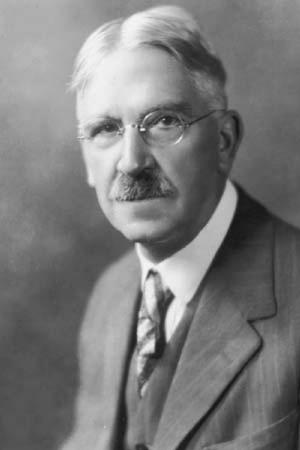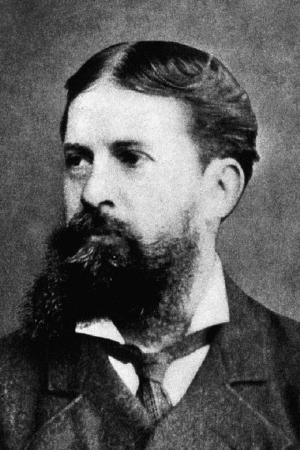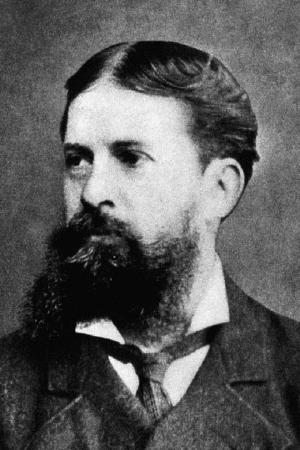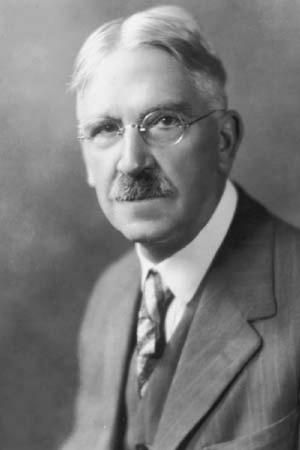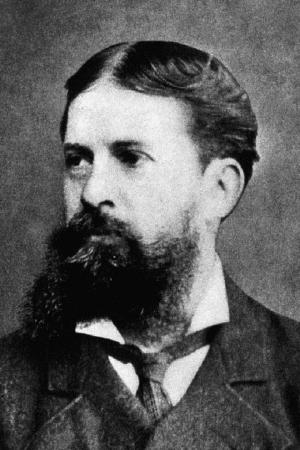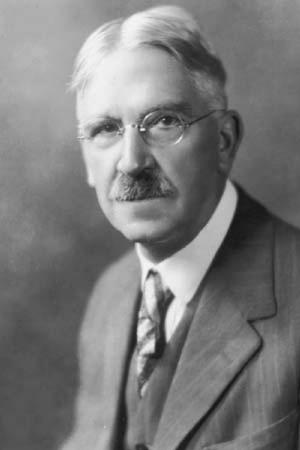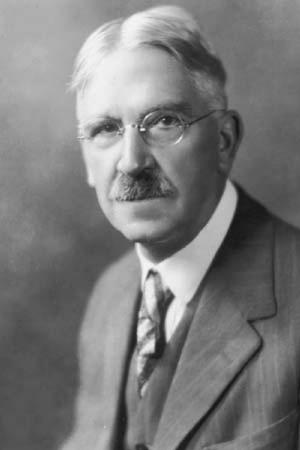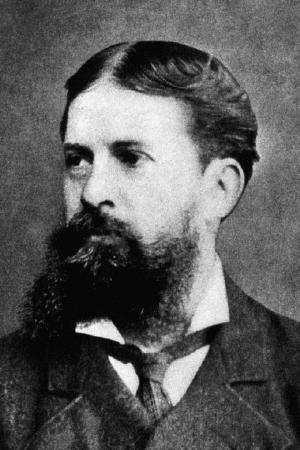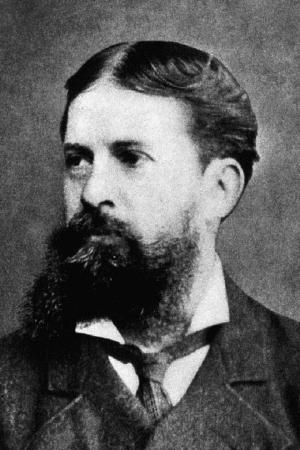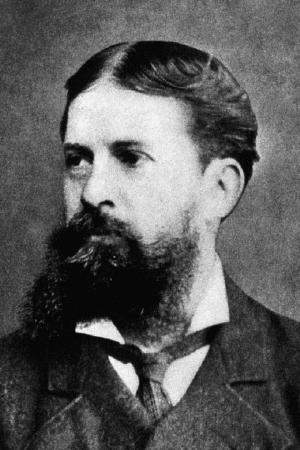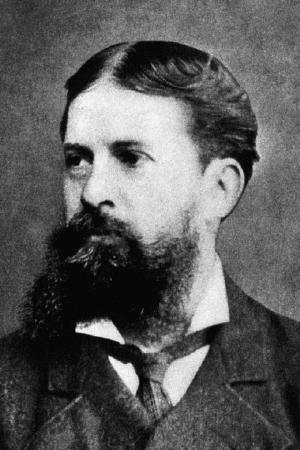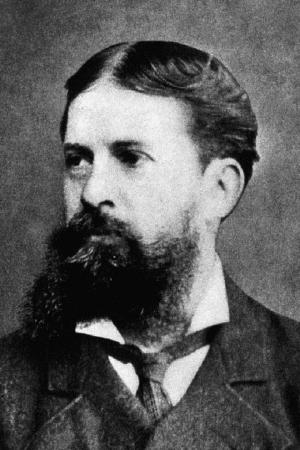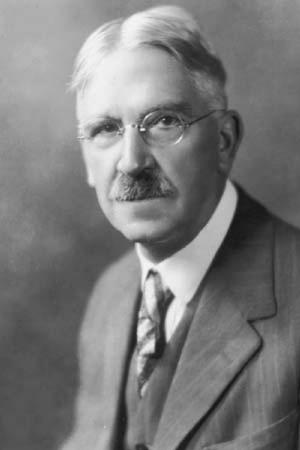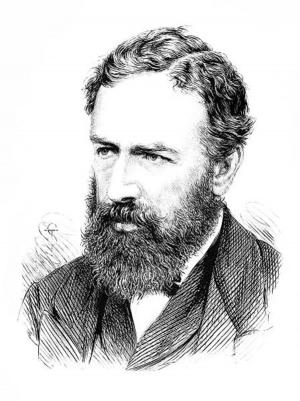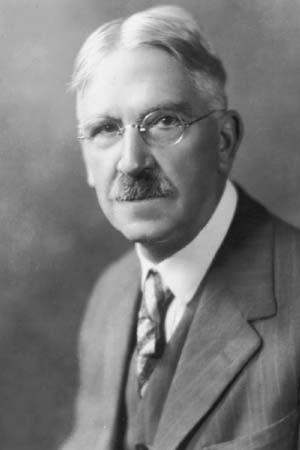| Author: | Charles Peirce, Timeless Books: Editor | ISBN: | 1230001227840 |
| Publisher: | Timeless Books | Publication: | July 14, 2016 |
| Imprint: | Language: | English |
| Author: | Charles Peirce, Timeless Books: Editor |
| ISBN: | 1230001227840 |
| Publisher: | Timeless Books |
| Publication: | July 14, 2016 |
| Imprint: | |
| Language: | English |
The book has an active table of contents for readers to access each chapter directly.
In 1934, Paul Weiss, an American philosopher, the founder of The Review of Metaphysics, and the Metaphysical Society of America, called Charles Peirce "the most original and versatile of American philosophers and America's greatest logician".
In 1943, Webster's Biographical Dictionary added Charles Peirce’s introduction as "now regarded as the most original thinker and greatest logician of his time."
Max Fisch, a well-known writer of identity, individuality, responsibility, morality, and political commitment, commented Charles Peirce as the follow:
“Who is the most original and the most versatile intellect that the Americas have so far produced? The answer Charles S. Peirce is uncontested, because any second would be so far behind as not to be worth nominating. He was mathematician, astronomer, chemist, geodesist, surveyor, cartographer, metrologist, spectroscopist, engineer, inventor; psychologist, philologist, lexicographer, historian of science, mathematical economist, lifelong student of medicine; book reviewer, dramatist, actor, short story writer; phenomenologist, semiotician, logician, rhetorician and metaphysician.”
Without any doubt, Charles Peirce is in the row of the best minds with Henry George, William James, Thorstein Veblen, and Ludwig Wittgenstein.
In 1881, Charles Peirce published a remarkable paper to his theory of Algebra and Logic ON THE LOGIC OF NUMBER. In this book, Peirce answered a watershed in nineteenth century mathematics by providing the first successful axiom system for the natural numbers. ON THE LOGIC OF NUMBER was one of the major achievements of the nineteenth century in the foundations of mathematics. Peirce detailed the first successful axiom system for the natural numbers and gave the first abstract formulation of the notions of partial and linear order and the first ordinal definition of cardinals. The approaches of all three to such as mathematical induction, use of recursive definitions, cardinality, categoricity, and the axiom of infinity are discussed. Peirce's axiom system is equivalent to that of Dedekind and his interest in the foundations of mathematics is intimately related to his dominant philosophical concerns. Some of his most characteristic metaphysical and epistemological doctrines including synechism and the theory of the categories bear the direct stamp on the theory of sets and transfinite numbers. ON THE LOGIC OF NUMBER is important for understanding Peirce's classification of the sciences and this work certainly made the algebra of logic more elegant.
This is a must-read book to understand the foundational thought of Math, Logic, and Philosophy by Charles Peirce, one of the greatest philosophers and logicians in the world.
The book has an active table of contents for readers to access each chapter directly.
In 1934, Paul Weiss, an American philosopher, the founder of The Review of Metaphysics, and the Metaphysical Society of America, called Charles Peirce "the most original and versatile of American philosophers and America's greatest logician".
In 1943, Webster's Biographical Dictionary added Charles Peirce’s introduction as "now regarded as the most original thinker and greatest logician of his time."
Max Fisch, a well-known writer of identity, individuality, responsibility, morality, and political commitment, commented Charles Peirce as the follow:
“Who is the most original and the most versatile intellect that the Americas have so far produced? The answer Charles S. Peirce is uncontested, because any second would be so far behind as not to be worth nominating. He was mathematician, astronomer, chemist, geodesist, surveyor, cartographer, metrologist, spectroscopist, engineer, inventor; psychologist, philologist, lexicographer, historian of science, mathematical economist, lifelong student of medicine; book reviewer, dramatist, actor, short story writer; phenomenologist, semiotician, logician, rhetorician and metaphysician.”
Without any doubt, Charles Peirce is in the row of the best minds with Henry George, William James, Thorstein Veblen, and Ludwig Wittgenstein.
In 1881, Charles Peirce published a remarkable paper to his theory of Algebra and Logic ON THE LOGIC OF NUMBER. In this book, Peirce answered a watershed in nineteenth century mathematics by providing the first successful axiom system for the natural numbers. ON THE LOGIC OF NUMBER was one of the major achievements of the nineteenth century in the foundations of mathematics. Peirce detailed the first successful axiom system for the natural numbers and gave the first abstract formulation of the notions of partial and linear order and the first ordinal definition of cardinals. The approaches of all three to such as mathematical induction, use of recursive definitions, cardinality, categoricity, and the axiom of infinity are discussed. Peirce's axiom system is equivalent to that of Dedekind and his interest in the foundations of mathematics is intimately related to his dominant philosophical concerns. Some of his most characteristic metaphysical and epistemological doctrines including synechism and the theory of the categories bear the direct stamp on the theory of sets and transfinite numbers. ON THE LOGIC OF NUMBER is important for understanding Peirce's classification of the sciences and this work certainly made the algebra of logic more elegant.
This is a must-read book to understand the foundational thought of Math, Logic, and Philosophy by Charles Peirce, one of the greatest philosophers and logicians in the world.

